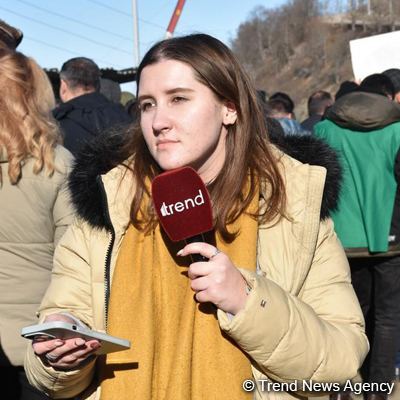BAKU, Azerbaijan, March 5. To meet the goal of achieving net-zero emissions by 2050, the pace of nuclear power development must pick up, with an average annual addition of 33 GW of capacity in the 2030s, the International Energy Agency (IEA) estimates, Trend reports.
According to the agency, the sector is poised for innovation, especially in nuclear technology, including small modular reactors, which could potentially open up new markets and broaden opportunities for nuclear power.
Extending operations, wherever it's deemed safe, is crucial, given that two-thirds of the global nuclear fleet has been operational for over 30 years, and extending their lifetime has proven to be a cost-effective solution, the IEA noted. In 2023, construction began on five new nuclear reactor projects, adding to a total of 33 projects initiated over the past five years. As of the beginning of 2024, there are 58 reactors under construction globally, boasting a cumulative capacity exceeding 60 GW.
Meanwhile, from 2019 through 2023, advanced economies incorporated nearly 8 GW of fresh nuclear power, constituting 25 percent of the global total and signaling a notable shift in nuclear market dynamics. This surge in new nuclear capacity, surpassing both coal and natural gas, results in the avoidance of approximately 35 Mt of CO2 emissions annually in advanced economies.






